The third-largest automaker in India, Tata Motors, is widely known for taking chances. The indigenous carmaker is at its most competitive, whether it was with the 1998 introduction of the Tata Safari, India’s first real sports utility vehicle (SUV), or it is today with its aggressive drive into India’s emerging electric vehicle (EV) market.
The carmaker’s success on the BT500 2022 list, where it has gained 15 ranks to No. 33, and its average market cap, which increased 72.1% to “1.51 lakh crore during the study period,” both demonstrate the severity of this competition (October 2021-September 2022).
JLR Encountered a Roadblock
While the company’s domestic operations are doing well, Jaguar Land Rover (JLR), which is located in the UK, has encountered a roadblock. Tata Motors operates on a worldwide scale, and the foreign market has a significant impact on its financial performance.
According to Gaurav Vangaal, Associate Director of Light Vehicle Production Forecast-Indian Subcontinent at S&P Global Mobility, there is now a slowdown that is affecting demand around the globe.
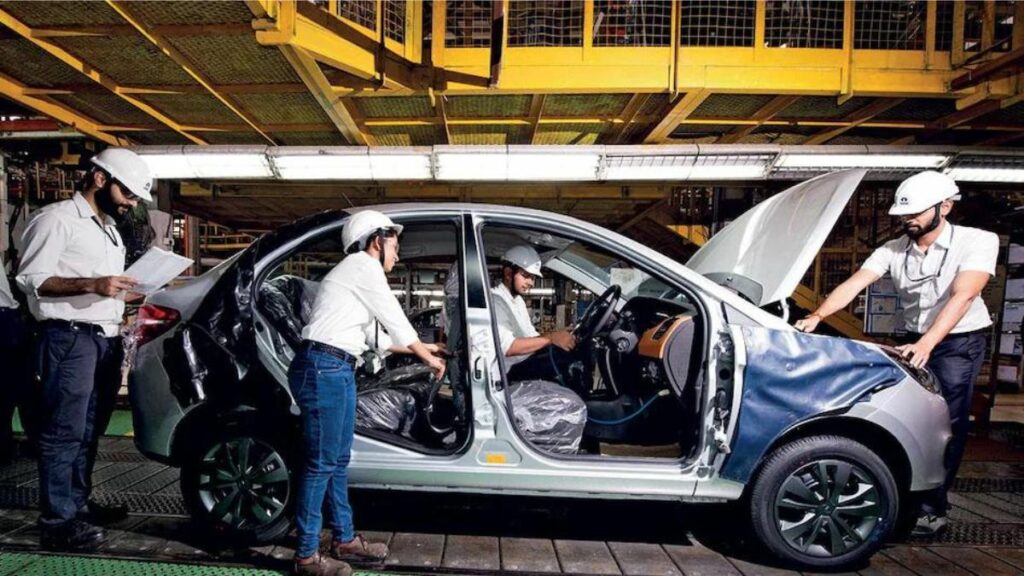
But the giant is made up of more than just JLR. Additionally, it has commercial vehicles (CVs), which are often its largest market, passenger vehicles (PVs), where demand has rapidly expanded, and electric vehicles (EVs), which are currently its fastest-growing segment.
It seems that JLR, whose CEO, Thierry Bolloré, recently announced his resignation for personal reasons, is the only unknowable element in this situation. Tata Motors now faces a fresh challenge as a result of the top-level restructuring, notwithstanding JLR’s statement that Bolloré will be replaced by business veteran Adrian Mardell.
In addition, Tata Motors created a framework that enables its three units—CVs, PVs, and JLR—to operate independently and maintained the CEO and MD positions unfilled upon Guenter Butschek’s resignation in June 2021.
However, despite these, the business is not yet prepared to let up on the gas. P.B. Balaji, the CFO of Tata Motors, reported that the company has begun to raise output in response to persistently rising demand. Although they will constantly monitor the erratic global markets, they are not concerned due to the robust order book.
How does the corporation intend to make up lost ground internationally while continuing its home growth? Let’s start by looking at the problems.
Impact of Global Chip Shortage
Because of the slower-than-anticipated volume ramp-up of JLR vehicles, Tata Motors recorded a combined financial loss of Rs 944.6 crore in Q2FY23. The company claims that discounting the guidance of 90,000 units for China, the worldwide chip shortage prevented it from meeting the wholesale guidance for Q2FY23.
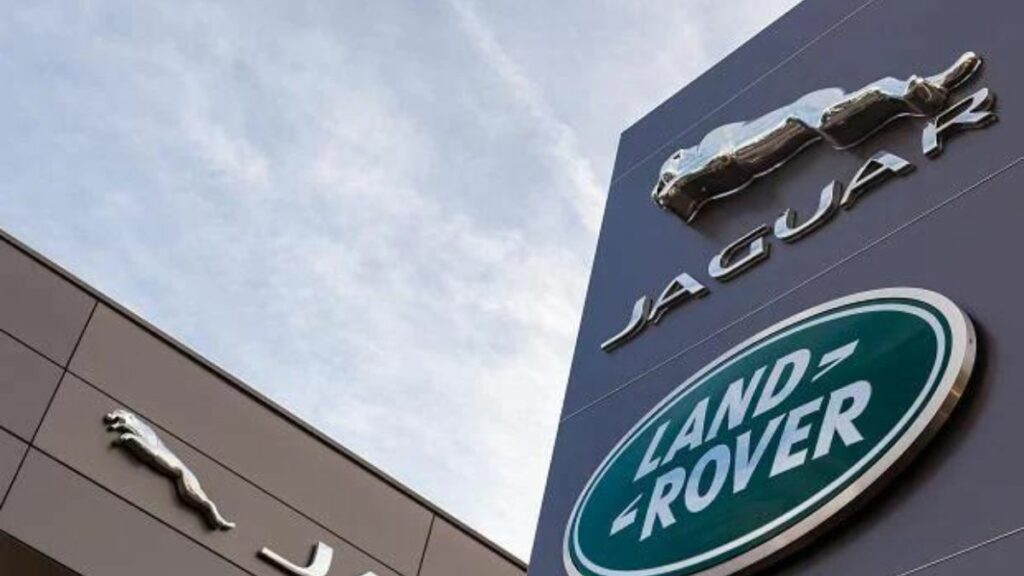
JLR sold only 75,307 units outside of China in the second quarter, but things appear to be improving. According to a report from ICICI Securities, Tata Motors is aiming to sell roughly 160,000 units in H2FY23 as opposed to the 147,000 units it did in H1FY23 because of the improved outlook for chip supply. They experienced a problem with a lack of specialized chips, but that has already been fixed. According to Balaji, there has been no change to JLR’s commitment to invest £2.5 billion in the area, and JLR’s order book is still robust.
According to Balaji, JLR’s portfolio of high-end luxury goods appears to be more resilient in China. There has a healthy 25,000-unit order book. He adds that although second-quarter volumes were underwhelming globally, PV and EV sales in India have picked up. They do not see any immediate concerns.
Company is Expanding the EV
In the last five years, Tata Motors expects to launch about ten vehicles and invest Rs 15,000 crore in the EV market. Additionally, it has received $1 billion in capital for its EV segment from well-known private equity firm TPG. On the strength of just two models, Nexon and Tigor, the company’s aggressive entry into the electric PV segment has allowed it to seize 85% of the EV market in FY22.
On the day after its launch, more than 10,000 reservations were made for its recently introduced Tiago EV, which has an initial price of Rs 8.49 lakh. In addition, Tata’s Nexon EV, which sold 13,280 units nationwide in H1FY22, outsold Tigor EV by 5,532 units.
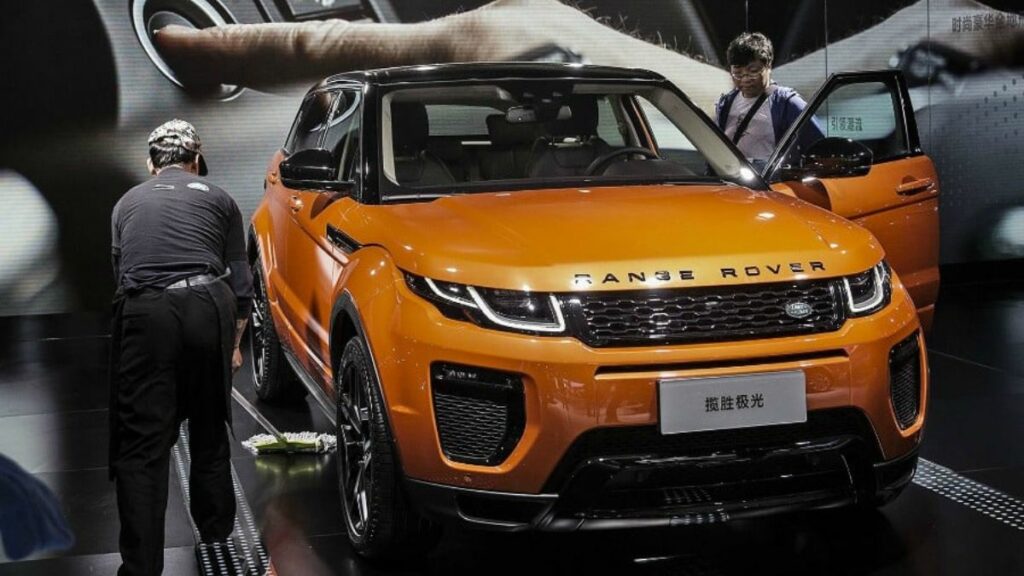
But the competition isn’t exactly easing down. The ZS EV from MG Motor India sold 1,198 units in H1CY22, while the XUV400 from Mahindra & Mahindra will be the company’s first EV when it goes on sale early in 2019.
In a recent study, brokerage firm Jefferies stated that the corporation is increasing its EV footprint from 85 to 165 cities because it anticipates strong EV uptake in Tier II and III cities. The report also states that EVs already make up 8% of Tata’s India PV volumes, a number that is projected to rise.
With 11,500 units, up 326 percent, they have recorded the highest-ever volumes for EVs this quarter. According to Balaji, EV is a long-term investment for the company, and while the demand prognosis is still favorable for the time being, supply is anticipated to increase much more.
Furthermore, he added that expanding EV penetration is their goal. It is expanding more quickly than any of its other segments, and increased localization is the goal. However, capacity limitations may in the short run restrict its total PV volumes, according to the Jefferies analysis.
SUV and Tata Motors
As demand for its compact SUVs and hatchbacks grows, the capacity limitation is particularly acute in the internal combustion engine (ICE) sector. The company’s product lineup and design approach, which have assisted it in gaining a sizable market share over the previous five years, are to blame for this turnaround in demand. Research Associate at Prabhudas Lilladher, Mansi Lall said that if we examine from FY18 to FY19, the SUV market share increased from 6% to 14%. Tata Motors, a player in the market for small SUVs, has benefited from this.
On the strength of its successful SUV launches, Tata Motors sold 46,566 vehicles in the domestic market in October of this year, capturing 14.17% of the sector, according to figures from the Federation of Automobile Dealers Associations (FADA). Despite a somewhat prosperous holiday season, the business had only sold 26,329 cars during the same period last year.
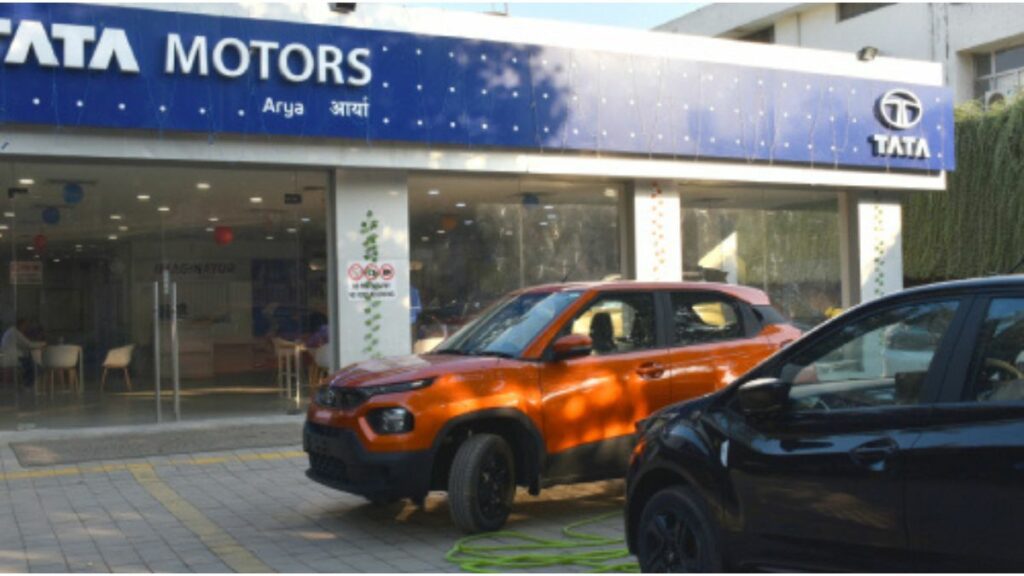
Nearly 50% of the market for SUVs was made up of sales of small SUVs. The compact segment’s market share has increased dramatically. It only made up 20% in FY16. Now it’s 50%, claims Lall. Furthermore, according to the ICICI Securities analysis, the company’s demand outlook across PVs and CVs is stable.
However, there is another factor that has assisted Tata Motors in increasing automobile sales this year. Vaangal stated that Maruti struggled with chips last year if we look at market conditions. To make their automobiles available in the Indian market, Tata purchased chips immediately and at a premium. Hyundai was also doing this. Due to the absence of other options, the customers ate them up.
And as a result, it has been able to cut the gap with second-placed Hyundai Motor India, which commanded 14.54 percent of the market in October after selling 47,783 PV units. According to Vaangal, there is a good likelihood that the business would overtake Hyundai the next year.
Market Share and Challenges
Tata Motors’ market share in the PV sector increased from 11% to 14% this year, but its market share in the CV sector decreased from 44% to 36% this year.
As the dominant player in the CV market, Prabhudas’ sales will increase as economic activity picks up and the CV cycle has not yet peaked, according to Lall. Despite the rise in commodity prices, they will experience an increase in volume. He is optimistic about CVs for the ensuing two to three years.
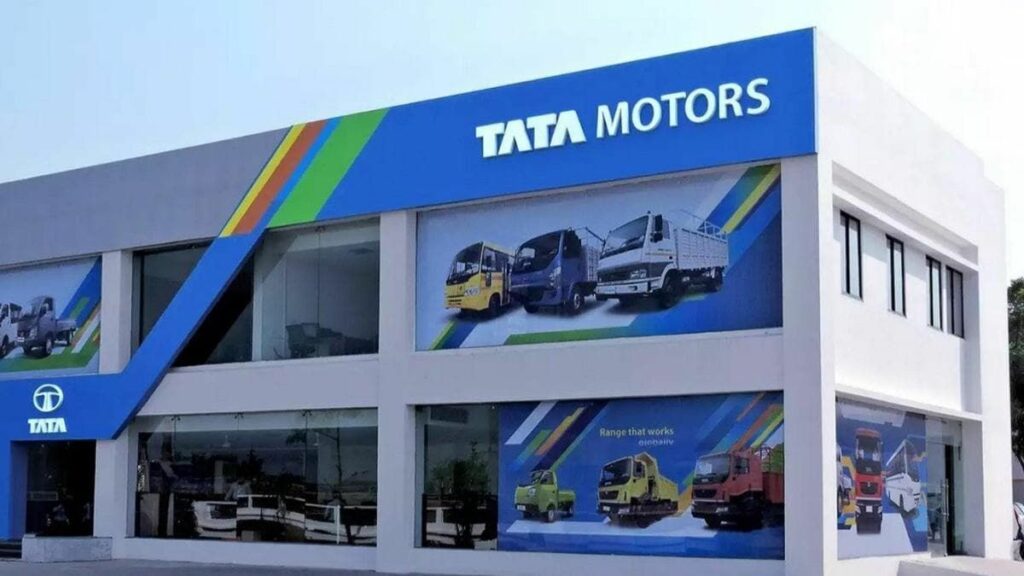
Analysts claim that any slowdown in infrastructure and economic activity is one of the business’s main concerns in the CV segment, while they also point out that the company needs to find novel markets in the PV segment.
Vanngal said that they ought to break up into additional groups. The above 4-meter sedan market is underserved. Service and client touch points are among the key areas on which they should also concentrate.
To meet the changing needs of customers in the SUV segment, the automaker also needs to introduce more trims and variants with feature upgrades, according to experts. But Tata Motors is trudging through the rough roads without even a scratch, true to its competitive spirit.
Read: Tata Motors will follow Suzuki for price hike as automakers prepare BS6 Phase 2




